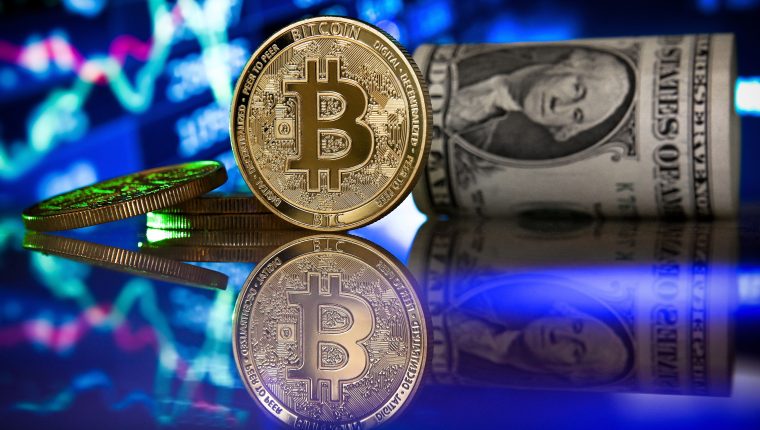But this is not simple to achieve. It requires significant investments and difficult policy decisions, such as defining the role of the public and private sectors in the supply and regulation of digital forms of money.

And yet bitcoin is still alive. For some, it is an opportunity to transact anonymously, for better or for worse. For others, it is a way to diversify portfolios and hold a speculative asset that can generate fortune, but also significant losses.
Cryptoassets as legal tender?
Bitcoin and its counterparts are largely on the periphery of finance and payments, yet some countries are seriously considering granting cryptoassets legal tender status and even making them a second (or potentially the only) national currency.
If a cryptoasset were to be granted legal tender status, creditors would have to accept it as a means of payment for monetary obligations, such as taxes, similar to banknotes and coins in circulation (legal tender) issued by the central bank.

It is difficult for cryptoassets to catch on in countries whose inflation and exchange rates are stable and which have credible institutions. Households and businesses would have little incentive to price or save in a parallel cryptoasset like bitcoin, even if it were granted the status of legal money or legal tender. Its value is too volatile and unrelated to the real economy.
Even in relatively less stable economies, the use of internationally recognized reserve currencies, such as the dollar or the euro, would be more attractive than adopting a cryptoasset.
Cryptoassets could be imposed as a vehicle for people without bank accounts to make payments, but not as a store of value. They would be immediately exchanged for real currency upon receipt.
Proceed with caution
The most direct cost of widespread adoption of cryptoassets, such as bitcoin, is macroeconomic stability. If goods and services were priced in both real currency and cryptoassets, households and businesses would spend significant time and resources choosing which currency to hold, rather than engaging in productive activities. Similarly, tax revenues would be exposed to exchange rate risk if taxes were stated upfront in cryptoassets, while expenditures remained mostly in domestic currency, or vice versa.
Striking a balance
As a domestic currency, cryptoassets including bitcoin come with significant risks to macro-financial stability, financial integrity, consumer protection and the environment.
 English
English  Español
Español 
